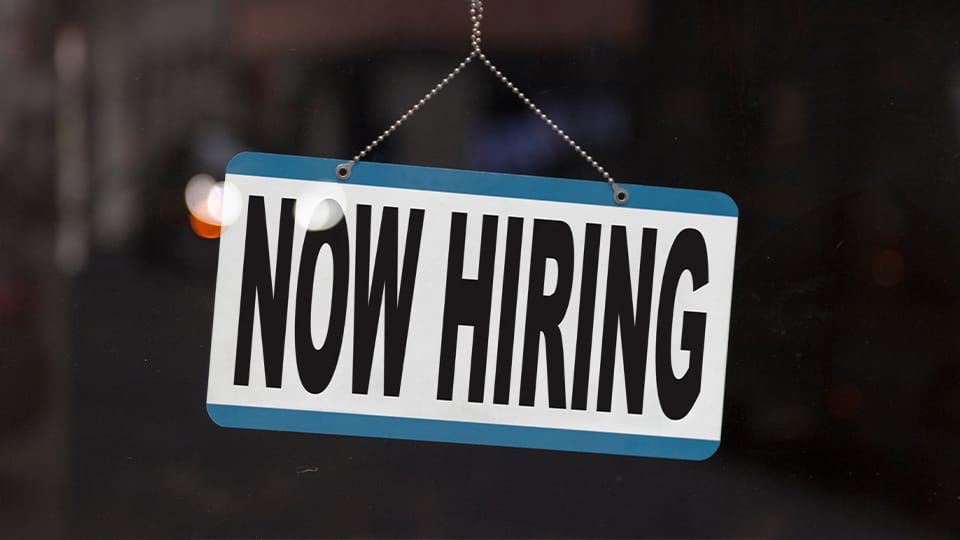Employers added 254,000 jobs in September, reflecting strong gains
Subscriber Benefit
As a subscriber you can listen to articles at work, in the car, or while you work out. Subscribe Now
Employers added 254,000 jobs in September, reflecting a stronger than expected labor market.
The unemployment rate ticked down to 4.1 percent, according to jobs data released Friday by the Labor Department.
Economists have been watching to figure out whether the labor market slowdown is signaling a rebalancing of labor market dynamics or an impending recession.
The last six months of steady job growth is enough to keep the labor market firmly out of recession territory, economists say, especially as gross domestic product growth remains hardy and consumers continue to spend.
“This is what one expects at full employment as the economy expands at a robust level,” said Joe Brusuelas, chief economist at RSM U.S. “It’s absolutely consistent that firms should slow the pace of hiring at this time,” he added.
The jobs report arrives just two weeks after policymakers at the Federal Reserve reduced interest rates for the first time since 2020, in part because of labor market cooling. Thatmove signaled that the era of painful inflation has come to a close.
The half-point rate cut, which will lower borrowing costs, is expected to bring relief to households and businesses eager to take out loans. But it won’t immediately trigger a rebound in job creation, economists say, as sectors react differently to easing financial conditions. Industries weighed down by higher rates, such as professional and business services, information and manufacturing are expected to regain their vigor.
“When will the labor market level off and rebound?” Julia Pollack, chief economist at the jobs site ZipRecruiter, wrote in a note this week. “We don’t know. Cuts in the federal funds rate will be reflected in interest rates for real estate, commercial, and consumer loans at different times, and activity will recover at different rates in different markets.”
The report is expected to provide crucial data that could play into how much the central bank lowers rates at its November meeting that immediately follows the election.
A few key service-related sectors have buoyed the labor market. Job gains in health care and social assistance have been fueling the economy, due to consistently high demand from an aging baby boomer population even as other industries have lagged.
By historic measures, layoffs and the unemployment rate remain low. But the labor market is softer than it was in the period leading up to the pandemic. The rate of hiring is tied for the slowest pace in a decade, excluding the pandemic shutdown, according to a job openings report released Tuesday. Workers are quitting their jobs at the lowest rate since June 2020, according to data from that report.
“The inability of hiring to keep up with rising labor force participation has led to the rising unemployment we’ve seen since early 2023,” said Kevin Rinz, a senior fellow at the nonprofit Washington Center for Equitable Growth, in a written note. “It will be interesting to see how long the labor force will continue to grow in the face of slower hiring.”
